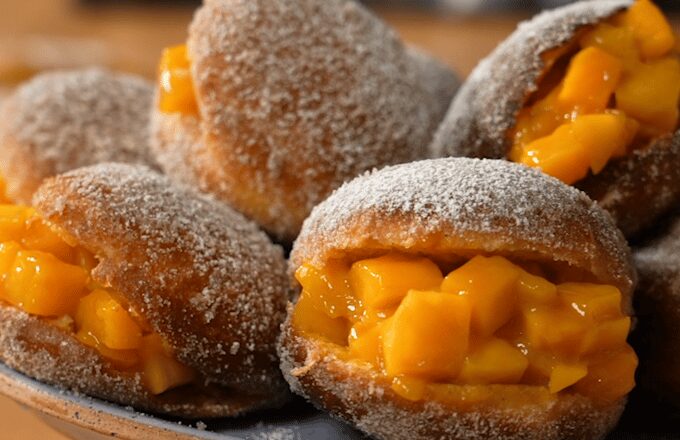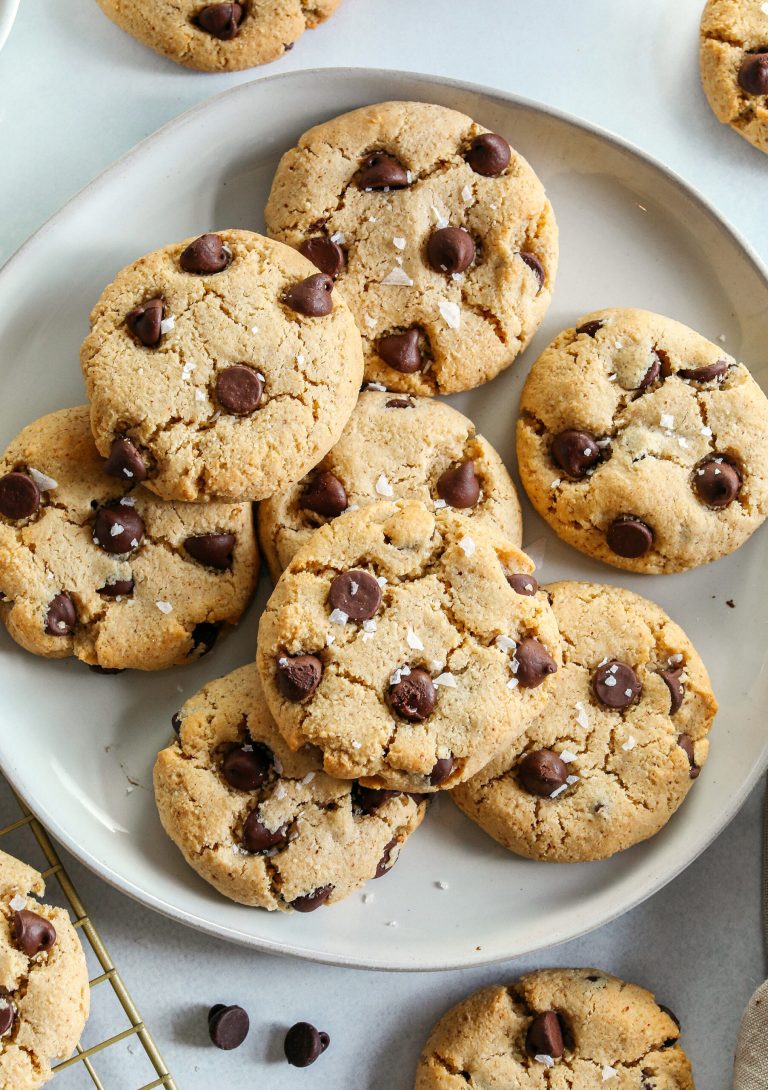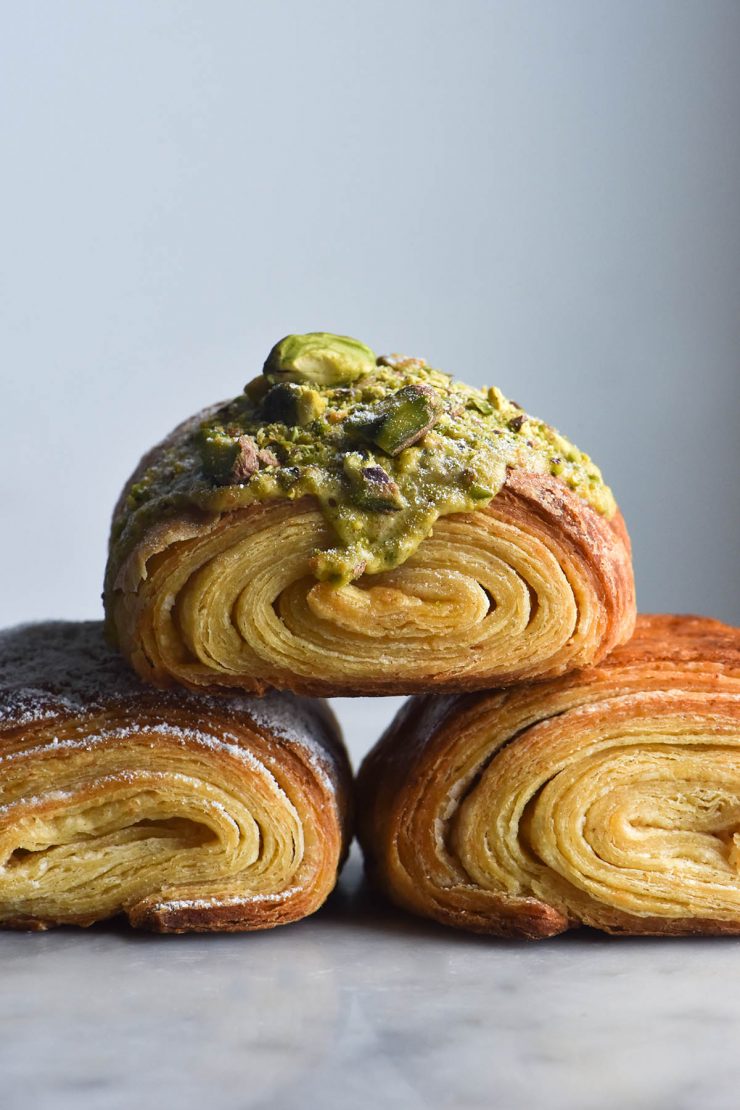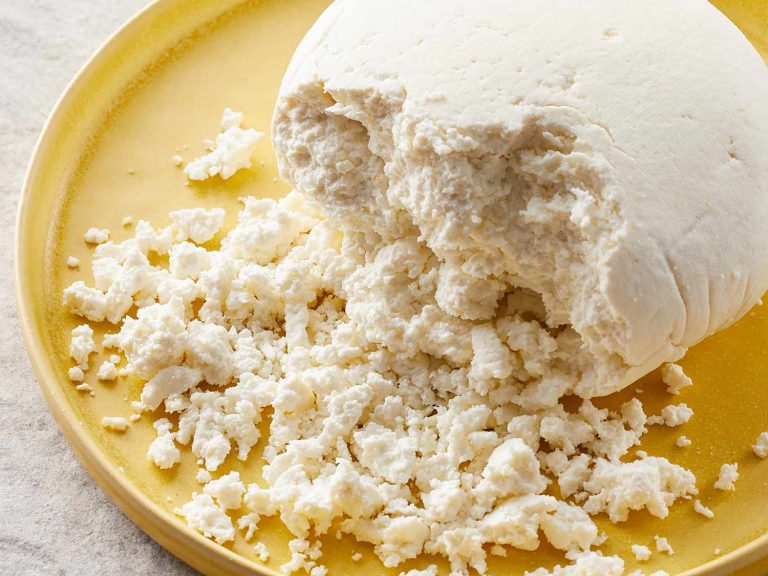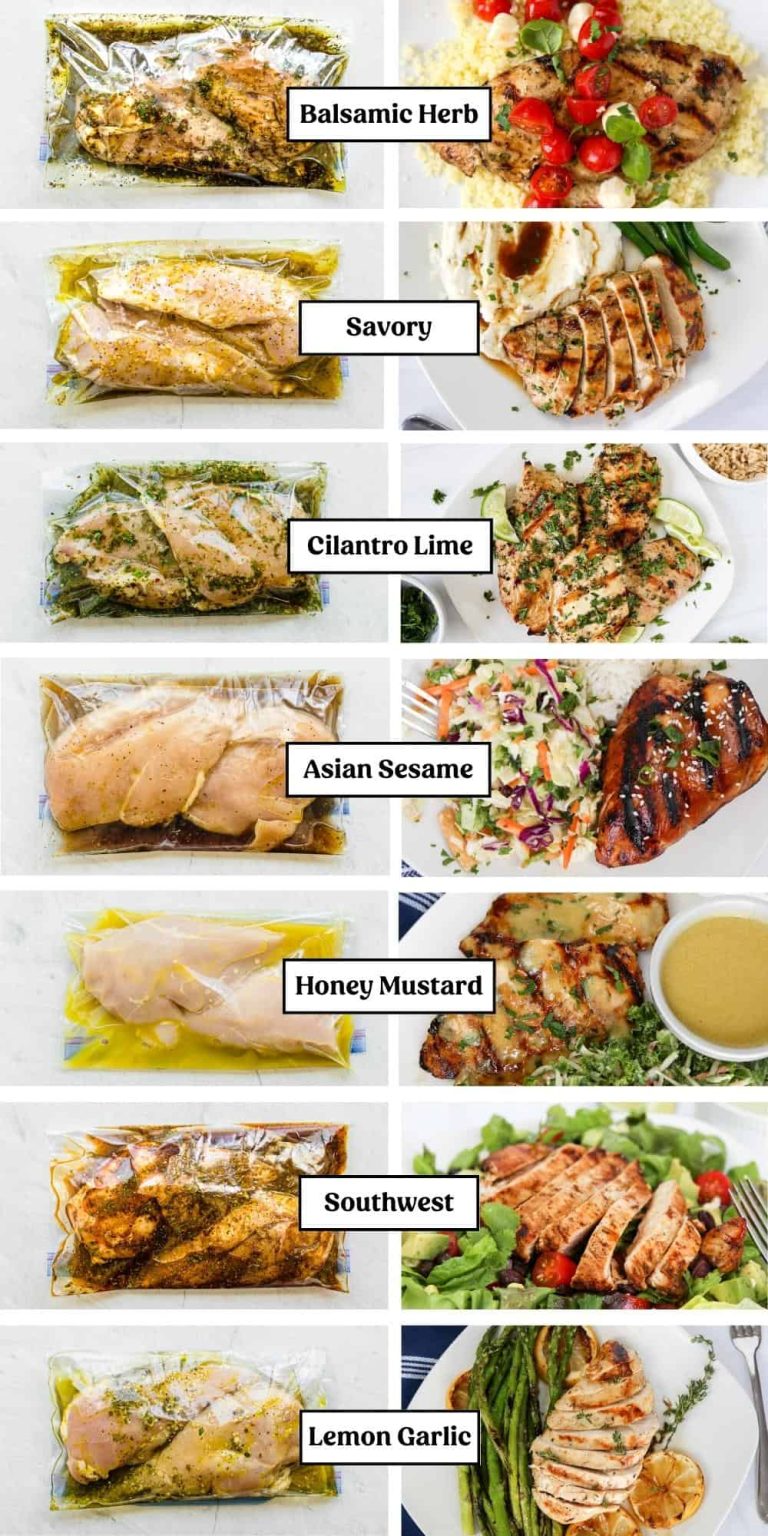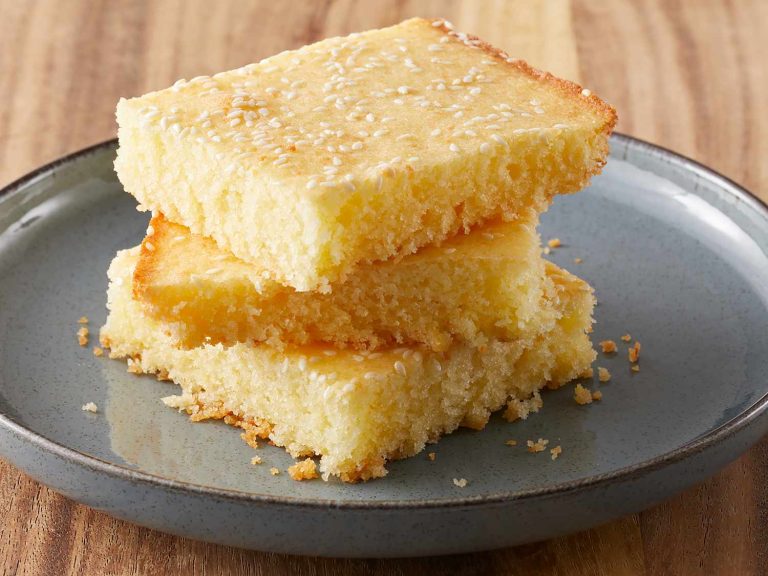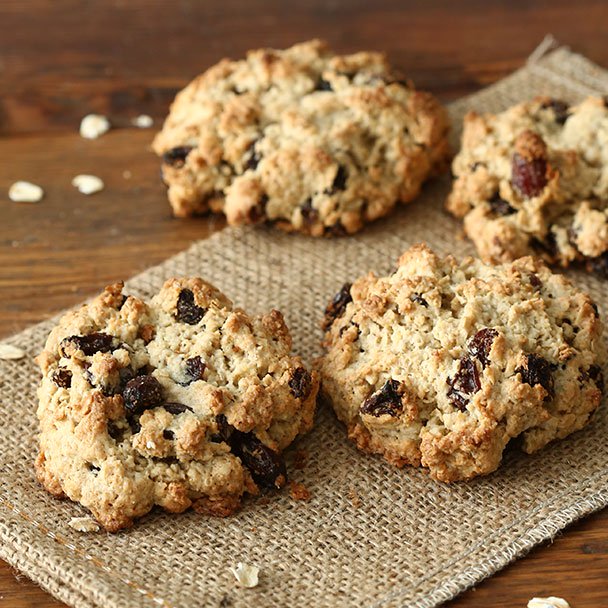Malasadas: History, Recipe, and Best Places to Try Them
Malasadas, deep-fried doughnuts, originated in the Madeira and Azores regions of Portugal. Portuguese settlers carried this delightful treat with them when they traveled. Traditionally eaten during Carnival to use up lard and sugar before Lent, malasadas were a festive indulgence. Each batch offered a rich, golden-brown exterior with a soft, airy inside, reflecting Portuguese culinary traditions.
Popularization in Hawaii
Portuguese immigrants introduced malasadas to Hawaii in the late 19th century. They brought their recipes and customs, including these delicious doughnuts. In Hawaii, malasadas became a popular treat, especially on Shrove Tuesday, known locally as “Malasada Day.” Leonard’s Bakery, established in 1952, played a crucial role in popularizing malasadas by offering plain and filled varieties, making them a staple in Hawaiian cuisine and culture.
Key Ingredients of Malasadas
Flour, Sugar, and Eggs
Flour, sugar, and eggs form the foundation of malasada dough. Use all-purpose flour to give the dough structure and elasticity. Granulated sugar provides sweetness, contributing to both taste and texture. Eggs enrich the dough, adding moisture and richness, ensuring a soft, tender interior. When combined, these ingredients create the perfect balance necessary for authentic malasadas.
The Importance Of Yeast
Yeast is a crucial element in malasada recipes. It causes the dough to rise, making it light and airy. Active dry yeast or instant yeast, when properly activated in warm water, will create the optimal texture. This leavening agent ensures each malasada achieves the desired fluffiness and volume, important for the final product’s quality.
Cooking Techniques for Perfect Malasadas
Deep-Frying Secrets
Maintain the oil temperature at 350°F to achieve golden-brown malasadas. Use a thermometer for accuracy. Use an oil with a high smoke point like canola or vegetable oil for best results. Fry in small batches to prevent overcrowding, which can lower the oil temperature. Turn each malasada halfway through frying to ensure even cooking. Remove malasadas from oil when golden and drain on paper towels to remove excess oil.
Tips for the Fluffiest Texture
Let the dough rise until it doubles in size. Ensure a warm environment (75-85°F) for the yeast to activate. After the first rise, punch down the dough to release air before shaping. Allow the shaped dough pieces to rest for 15-20 minutes for a second rise. Use bread flour instead of all-purpose flour for better gluten development and a lighter texture.
Variations of Malasadas
Traditional Sugar-Coated
Traditional malasadas feature a simple sugar coating. After deep-frying, roll the doughnuts in granulated sugar while they’re still warm. This coating provides a crunchy exterior with a sweet flavor. You may also find variations using cinnamon sugar or powdered sugar, which add a different flavor profile. These options maintain the classic appeal while offering slight taste differences.
Modern Fillings and Toppings
Modern malasadas come with diverse fillings and toppings. Common fillings include custard, chocolate, and fruit jams. Popular toppings can range from drizzled honey to exotic sauces like passion fruit glaze. These additions enhance the traditional treat, blending familiar tastes with new culinary experiences. The versatility allows you to customize malasadas based on your preferences, making them a unique and personalized dessert.
Best Places to Try Malasadas
Famous Bakeries in Hawaii
Hawaii is home to some of the best malasadas. Leonard’s Bakery in Honolulu is an iconic spot. Founded in 1952, Leonard’s Bakery offers traditional sugar-coated malasadas and a variety of fillings like custard, chocolate, and haupia (coconut). Local favorites often include malasadas rolled in cinnamon sugar.
Kamehameha Bakery, operating since 1978, is another must-visit. Known for its poi malasadas, Kamehameha Bakery combines taro root with dough for a unique taste. This bakery also serves classic sugar malasadas, ensuring everyone finds something they like.
Pipeline Bakeshop & Creamery in Kaimuki has gained acclaim for its malasadas. Offering flavors like strawberry guava and lilikoi (passion fruit), Pipeline Bakeshop & Creamery delivers a fresh take on this Portuguese treat.
Expanding Popularity Worldwide
Malasadas aren’t just confined to Hawaii. Waiola Shave Ice in Los Angeles serves malasadas alongside its famous shave ice. They offer classic and filled varieties, catering to the growing demand for these doughnuts.
In New York, you’ll find malasadas at Dough Doughnuts. Known for innovative flavors, Dough Doughnuts creates a unique experience with its artisanal approach to this treat.
Lisbon Tea Co. in London also embraces malasadas. This spot pays homage to its Portuguese roots while incorporating local ingredients for a fresh twist on tradition.
Across Asia, malasadas have found a home too. In Tokyo, Cafe 8BEAT offers malasadas with Japanese-inspired fillings such as matcha cream. This fusion showcases how malasadas have adapted to local tastes while maintaining their essence.
These bakeries, both in Hawaii and worldwide, allow you to enjoy malasadas, each with its unique spin on this beloved treat.
Conclusion
Malasadas have transcended their Portuguese roots to become a beloved treat worldwide. Whether you’re savoring them at a renowned bakery in Hawaii or discovering a new twist in a bustling city abroad, these doughnuts offer a delightful experience. The perfect blend of tradition and innovation makes malasadas a must-try for any dessert enthusiast. So next time you’re craving something sweet, seek out a malasada and enjoy a bite of history and flavor.
